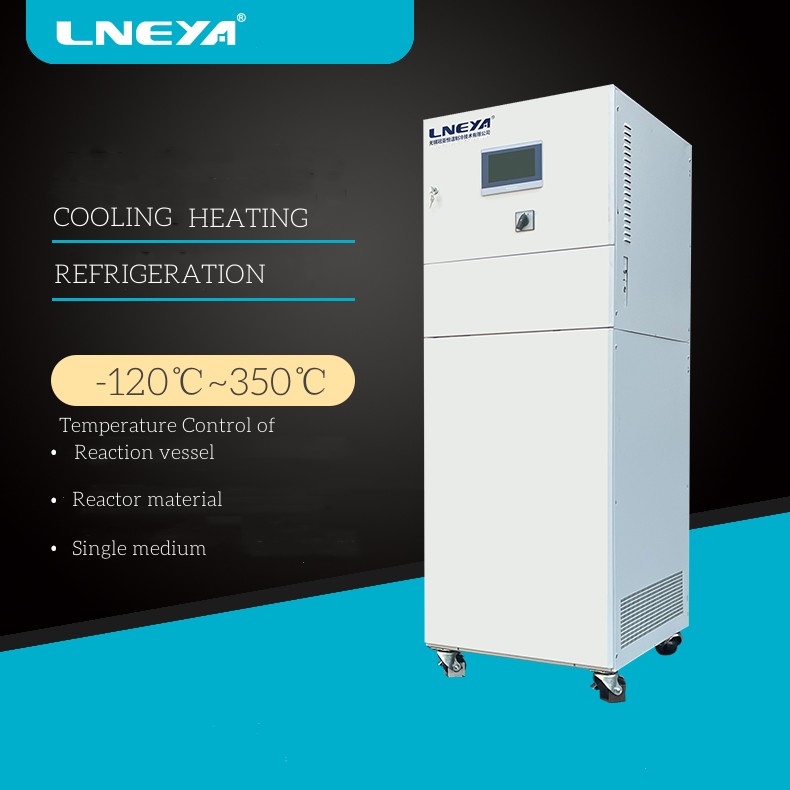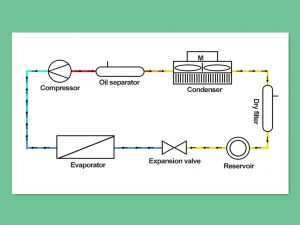Heat transfer oil for cooling and heating temperature control systems in the chemical and pharmaceut
The cooling and heating temperature control system, also known as a high and low temperature circulator or dynamic temperature control system, is a temperature control equipment used in the pharmaceutical and chemical industry to provide cold and heat sources for supporting reaction kettles. The LNEYA cooling and heating temperature control system uses heat transfer oil as the heat transfer medium. Depending on the temperature range and model of the equipment, different types of heat transfer oil can be selected.

1. Application note: Heat transfer oil is divided into different models based on different temperature ranges. It is recommended to choose the appropriate heat transfer oil according to the temperature range of the equipment model. Due to differences in equipment configuration, the heat transfer oil consumption of different refrigeration heating and temperature control thermostats varies. If it is a fully enclosed circulation pipeline, there is no water vapor or oil mist, and the amount used will be less than that of an open refrigeration heating and temperature control thermostat.
2. Quality analysis of heat transfer oil: The heat transfer oil in the cooling and heating temperature control system is generally analyzed from four aspects: viscosity, flash point, acid value, and residual carbon. Generally speaking, if the quality of the heat transfer oil in the refrigeration and heating temperature control thermostat changes, its viscosity will change. A change in acid value indicates that the heat transfer oil is contaminated or oxidized, and operators need to pay attention to it and replace it in a timely manner. If the heat transfer oil does not corrode, check the residual carbon value. Once it reaches the average value, it should be taken seriously. If these four data items do not exceed the range of changes, it indicates that the quality of the heat transfer oil in the refrigeration heating temperature control thermostat is good and can still operate normally. If one item is abnormal, it is necessary to consider taking corresponding measures and replacing it with a new heat transfer oil in a timely manner.
3. Precautions for use: The placement environment of heat transfer oil and refrigeration heating temperature control thermostats should be in a well ventilated and reliable environment. Although the boiling point of heat transfer oil is high, it is still necessary to avoid open flames. If the heat transfer oil leaks, it can cause accidents in contact with open flames, so open flames should be kept away. At the same time, it is necessary to be careful not to place it in the hot gas flame area to avoid ignition sources.
Recommandations connexes
-
Ultra-low temperature freezing manufacturer analyzes the cause of blockage in refrigeration system
1315With the continuous development of technology, ultra-low temperature refrigeration technology is also constantly developing, and manufacturers are also increasing. Of course, the technology of different manufacturers is different. Once the refrige...
Voir les détails -
Failures of Heating Cooling Circulators
992The heating cooling circulator can be used in many chemical pharmaceuticals and laboratories. Then, how to solve the failures of the heating cooling circulator?Failure of circulating pumpThe failure of the circulating pump is generally the heat ov...
Voir les détails -
All analysis of refrigerant changing process of industrial chiller unit
1014Refrigerant is an indispensable part of the refrigeration system of the industrial chiller. During the operation of the industrial refrigeration unit, the refrigerant constantly changes in the industrial refrigeration unit to achieve the cooling e...
Voir les détails -
Troubleshoot the main points of failure of the high and low temperature cooling system
1253When the industrial high and low temperature cooling system is in use, what is the general reason if the temperature cannot drop down? How should we deal with such failures? Let's first analyze the principles and methods of industrial cooling. The...
Voir les détails
 LNEYA Industrial Chillers Fabricant Fournisseur
LNEYA Industrial Chillers Fabricant Fournisseur












